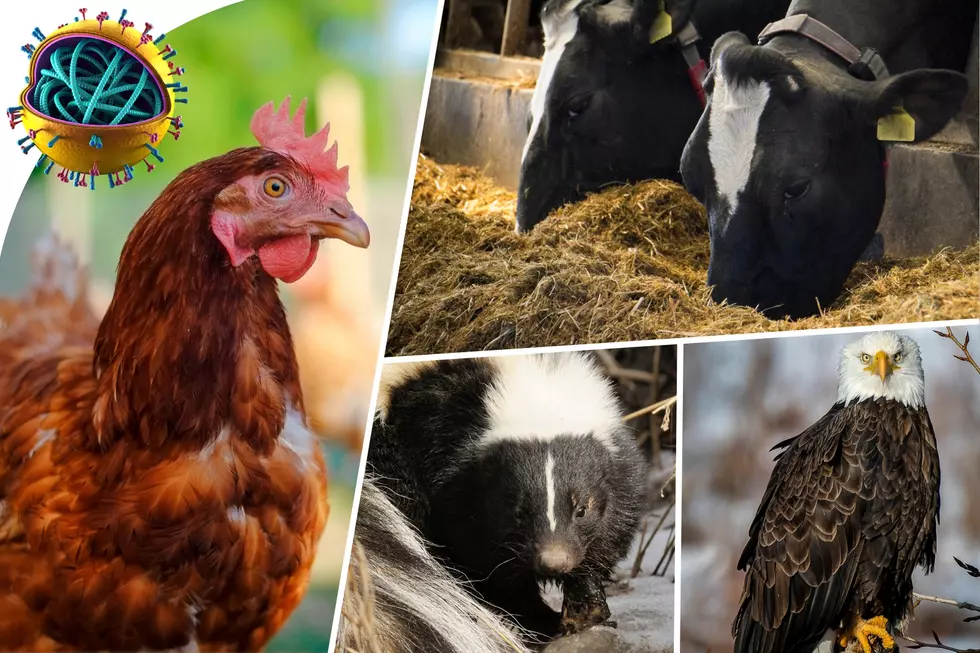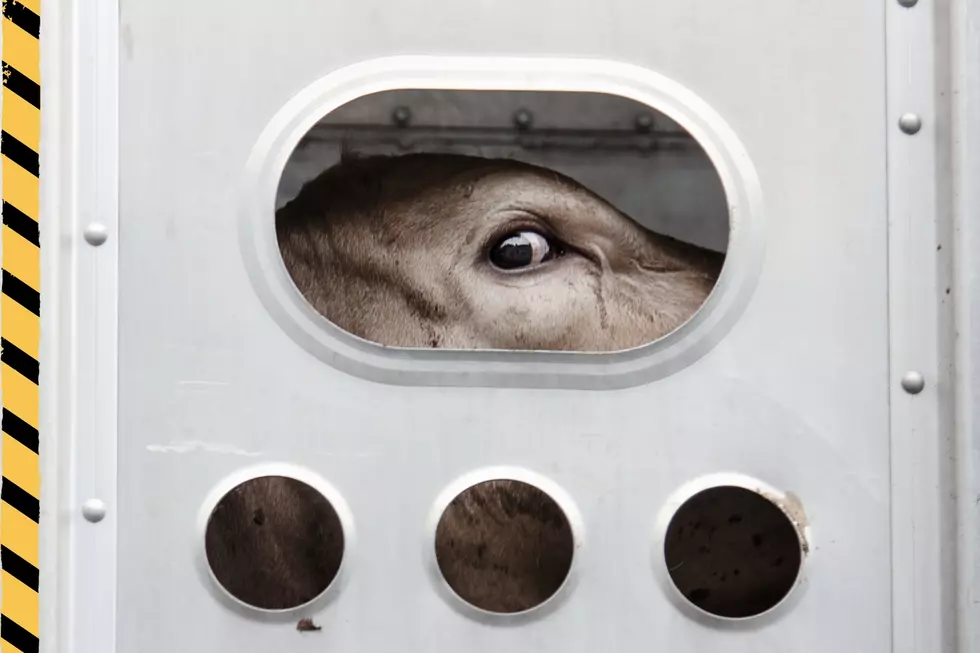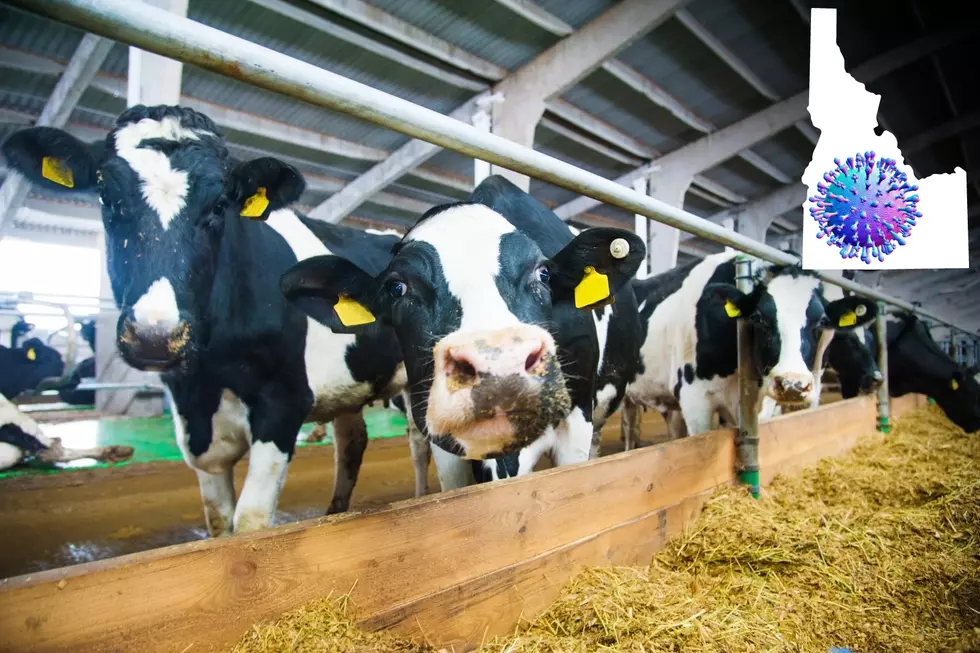
Cases of HPAI in Wildlife Causing Increased Concern in PNW
As avian influenza (HPAI) continues to spread in novel cases, including to livestock and humans, attention is now turning to its transmission in wildlife and wild birds.
Latest wildlife detections in Washington, Oregon, and Idaho
The USDA APHIS has noted these recent detections in the Pacific Northwest for wildlife and wild birds:
- Washington: One bobcat (King County, March 2024), three striped skunks (Stevens County, March 2024); one bald eagle (Spokane County, March 2024), one western sandpiper (Kitsap County, March 2024)
- Oregon: Two red-tailed hawks (Tillamook and Multnomah Counties, March 2024), one hooded merganser (Clatsop County, March 2024), one great horned owl (Umatilla County, March 2024)
- Idaho: Striped skunk (Ada County, March 2024); one bald eagle (Elmore County, March 2024)
It's important to note that many cases of HPAI in the wild go undetected as the animal must be found, collected, and turned over to agencies for testing.
Wildlife and wild birds pose additional risks to the Pacific Northwest
The spread of HPAI through wildlife cannot be dismissed, especially in the Pacific Northwest. A large number of migratory birds pass through Oregon and Washington in the Pacific Flyway, which also crosses central and eastern Idaho. The effect of migratory birds on the large-scale transmission of avian influenza has been documented and studied since the virus' emergence in 1997.
A 2021 article in The Journal of Wildlife Management discussed the increasing role of wild birds in the spread of HPAI, alongside the need to increase the management and monitoring of wild birds:
Perhaps one of the most important components of preparing for potential HPAI outbreaks in North American wildlife is for managers and agencies to consider elevating their situational awareness (e.g., to be vigilant) regarding this important animal disease.
One of the greatest difficulties in the ongoing HPAI outbreak is the inability to completely manage the virus "in the wild." No matter how vigilant environmental agencies are, it is impossible to monitor every animal and bird that lives or travels in areas. Much of our current response to wild instances of HPAI is reactive, not proactive.
Thus, it is incredibly important for ag producers to practice biosecurity and prevent wild animals and birds from entering production areas.
Latest HPAI cases in the PNW
Since April, Idaho has had two dairy cattle detections of BIAV (April 1 and April 19), and one small flock of 600 in Cassia County (May 6). Washington's last flock detection was in December 2023 (King County) and Oregon's last was a small backyard flock in March (Klamath County).
Up-to-date commercial and backyard flock information is available through APHIS.
Policy changes recently made for ag producers
The Food and Drug Administration (FDA) recently issued a ruling for the mandatory testing and reporting of livestock due to HPAI/BIAV spread. The ruling went into effect on April 29, and requires mandatory testing for livestock moving interstate, along with mandatory reporting to APHIS for any livestock found to test positive for HPAI/BIAV.
► Click here for the latest updates on HPAI from PNW Ag Network.
LOOK: These Are the Counties With the Most Farmland in Oregon
Gallery Credit: Stacker
LOOK: Counties with the most farmland in Idaho
Gallery Credit: Stacker
Guide: Top 5 Counties With The Most Farmland In Washington State
Gallery Credit: Rik Mikals
More From PNW Ag Network









